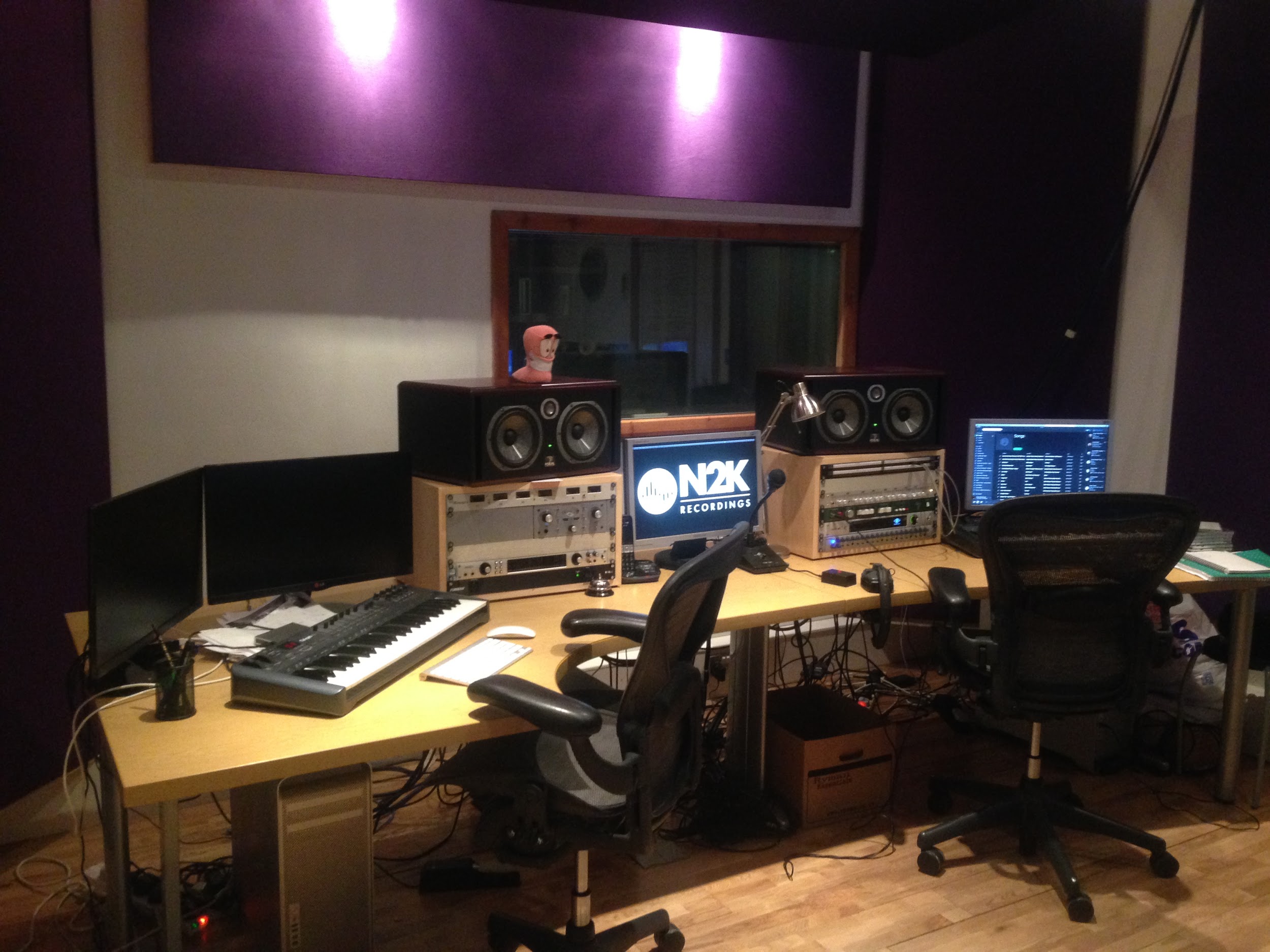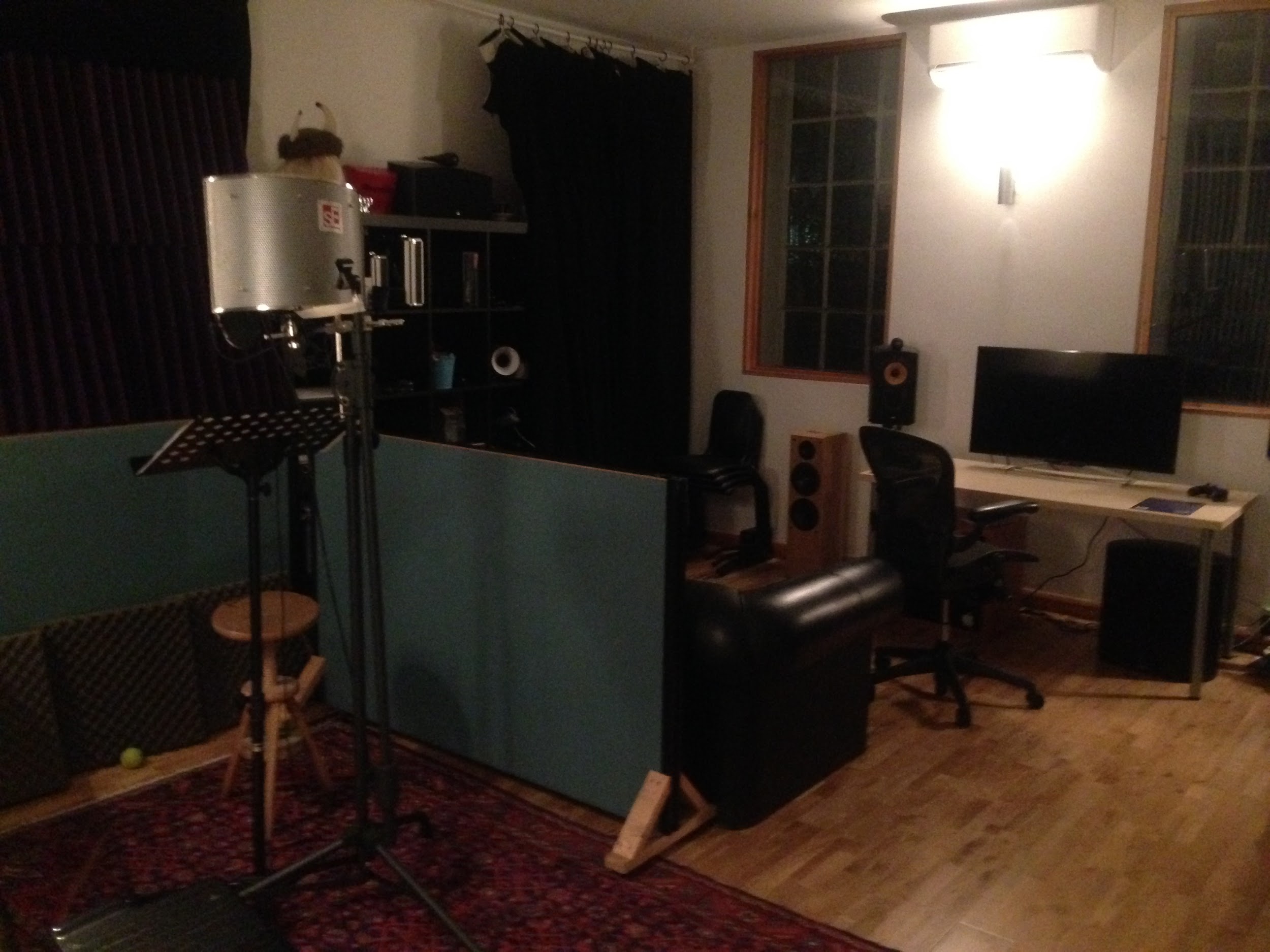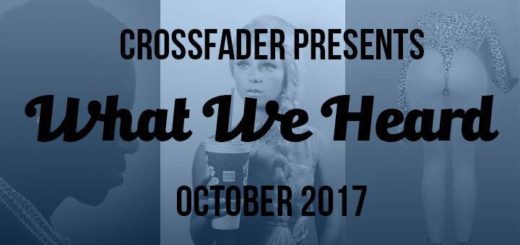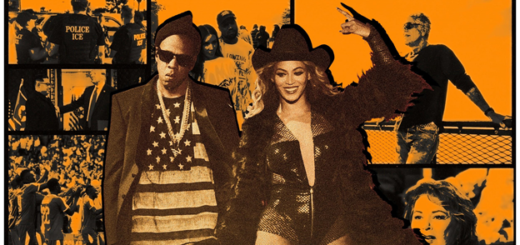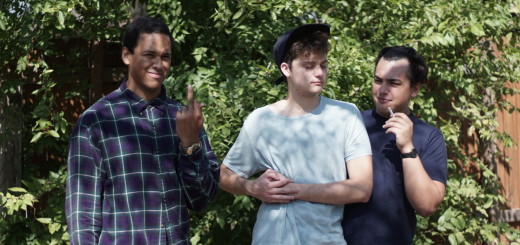Interview: The Citizens of Halloween
Alright, the title’s a bit of a misnomer. We actually had the privilege of sitting down with Simon Burrell, an in-house producer for N2K Recordings, Ltd. whose work has been credited to The Citizens of Halloween, among others. Why does this matter? For almost every holiday, there are countless holiday-themed albums that get released in droves on platforms such as iTunes, Amazon, and Spotify (just search “Halloween” on Spotify to see what we’re talking about). No one ever seems to give these albums much attention, and we here at Crossfader thought we should change that after we heard HEY HO FOR HALLOWEEN, which is credited to The Citizens of Halloween, The Monster Halloween Band, and Horrible Monsters alternatively. Why isn’t this music as worthy of consideration as anything else we consume? There’s still tangible time, effort, and money behind these releases, and Crossfader is proud to offer you a rare glimpse into an often overlooked musical world.
Let’s start with something easy: tell us a little bit about yourself! What’s your background as a musician and how did you get involved in producing music such as HEY HO FOR HALLOWEEN?
I feel lucky to have grown up in London, which offers an amazingly wide range of musical experiences and opportunities. In a traditional sense I studied clarinet and piano from a relatively early age and played in orchestras and bands. In tandem with this I was producing electronic music and DJing from my early teens. I went on to study electronic engineering, specializing in music technology systems, which eventually led me to working at N2K Recordings as in-house Engineer and Producer.
What do you do as an “in-house producer” for N2K Recordings?
I’m one of a number of in-house producers working out of our studio in Southwest London. We make bespoke music for a range of clients, sometimes for a library or catalog and other times responding to specific briefs and pitching for sync slots in television shows or films. Sometimes it’s original compositions, sometimes covers of other songs in different styles. Everyone here is an instrumentalist in some guise so we feature on each other’s work quite a lot and bring in session musicians if we need a specific voice or instrument which we don’t have covered. We sell most of our music to the general public via iTunes, Spotify, Amazon, etc.
Am I correct in referring to this music as “library music” (what Wikipedia defines as recorded music that can be licensed to customers for use in film, television, radio, and other media)?
I think so, yes, although it’s probably a little more foreground for most library music applications. We also released it in more of an audio book for kids type format with a compere at the start of each track guiding the listener through a kind of “Spooky Cabaret.”
Let’s clear something up. There are two albums entitled HEY HO FOR HALLOWEEN floating around out there: one attributed to The Citizens of Halloween and The Monster Halloween Band, and the other attributed to Horrible Monsters. Which one did you work on? The albums seem to be exact copies of each other. Why use different artist names?
This is simply marketing. We have no “named artists” in-house so we produce these titles and hand them over to our marketing division to release as they want. In this case there was probably an in-house argument about the best way to represent the recordings, so they released it twice.
This album possesses notably more craft than many of the collections of Halloween music that riddle Spotify – are all of the songs on HEY HO FOR HALLOWEEN original? On that note, what are the legalities involving the production of this kind of music? This question is more pressing for the dime-a-dozen shoddily covered versions of “Thriller” out there, but I was wondering if you had some insight.
The tracks on HEY HO FOR HALLOWEEN are indeed all original. I hear you on the “Thriller” covers; no one’s going to top Michael, so why try?! Fortunately, I work with music rather than copyright legislation so I’m probably not the guy to ask…
I’m quite impressed by the songwriting and arrangements on HEY HO FOR HALLOWEEN. It’s impossible to shake the sense of fun!
I’m glad the sense of fun comes across, it was a very fun album to make!
What’s the recording process like for these albums? How long does it take?
There were two of us working on it for a little under a month and it’s our two voices which feature on the tracks, with lots of layering, effects, and funny voices. We started out by making a list of suitably spooky subject matter (ghosts, zombies, Count Dracula, etc.), then set to work on writing a song either about each of them or, in some instances, from their perspective. Part of our thinking was to try and introduce the broad Halloween canon to kids. For the most part, we made backing tracks first and then semi-improvised the lead vocal lines as the lyrics took shape. Lyric writing was a challenge but so much backstory exists for each of the Halloween staples that we had plenty to work with.
What kind of instruments do you use? Organic? Synthesized?
We used primarily synthesized sounds which I think gives it a fun cartoon-like feel. Tim Burton and Danny Elfman were strong influences. We’re big fans of their work. They do a great job of making what is traditionally scary into something fun and get the vibe spot on.
I find it interesting that the album takes a complete tonal shift and transitions into a Halloween sound effect collection. Were you also responsible for those? How are those produced?
There were two of us who wrote, produced, and performed on all of the songs on the album. The soundscapes were made by another one of our producers by combining some location recordings he’d made with some extra samples. An added bonus with haunted houses in mind I suppose!
Do you work on other seasonal releases once Halloween has passed us by?
Absolutely. We’ve made a few Christmas albums in different styles and albums of sports themes and national anthems to coincide with major worldwide events, to name a couple. Music is used in almost everything, so having a range of aesthetics around one theme gives us more options to offer potential clients.
Alright, now for the “hard” question. I don’t think it’s presumptuous to state that making music of this kind doesn’t likely lead to fame and fortune. Why do it then? Does your participation in making this type of music reflect your opinions on what the “point” of music is?
As my boss constantly reminds me, “the value of music is in the ears of the beholder.” As to the “point” of music, I think it has the power to transport us to somewhere else, sometimes of this world, sometimes to a fantasy. As more music gets made, the range of places you can travel to just by sticking your headphones on is constantly increasing and this excites me. I am a musician and creative producer, and if I can make a decent living making music I am very much ahead of the crowd – what happens after that is down to taste and, most of all, luck. But you have to be “in it to win it.”
What’s your favorite Halloween song? My money’s on “Spooky Scary Skeletons” by Andrew Gold.
I’ve got to say Screamin’ Jay Hawkins’ “I Put A Spell On You.” I’m also a huge Biggy Smalls fan, so it gets double points!
Who are some of your favorite artists outside of the Halloween season?
Tricky question! I suppose my heroes are Burial and J Dilla. I think their music is so much more than the sum of its parts. It conveys a specific feeling and is a perfect portrait of the scenes they are/were a part of, whilst simultaneously transcending those scenes.
Recently I’ve been listening to LA Priest’s album INJI quite a bit.
Do you intend to branch out of this type of music?
Working in a production house has meant making music in ALL sorts of styles: nursery rhymes to orchestral sketches and really abrasive dance music! I don’t know if I’ll ever really settle on one style, as I’m influenced from so many angles and in reality it’s all just organized pitches and rhythms. I think it’s dangerous to pigeonhole music too much; it’s possible to draw so many different lines through musical history, and too many definitions sometimes only serve to limit what composers/producers think they are allowed to do. I like to think of anything audible as fair game for composition; best to just start and see where inspiration takes you.
Note: Another key creative force on HEY HO FOR HALLOWEEN was Joe Murgatroyd, who is currently releasing music under the name Magnus Loom. You should check his website out here.

